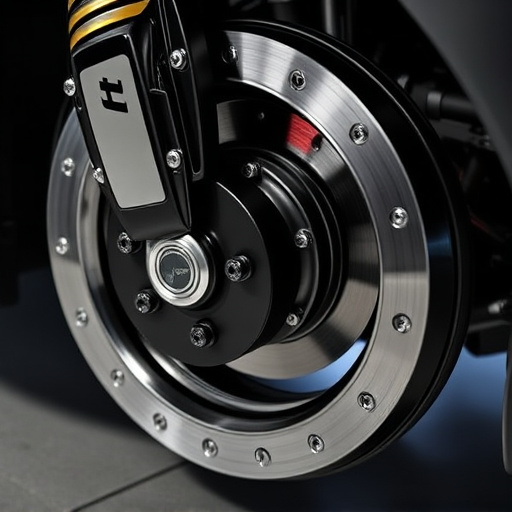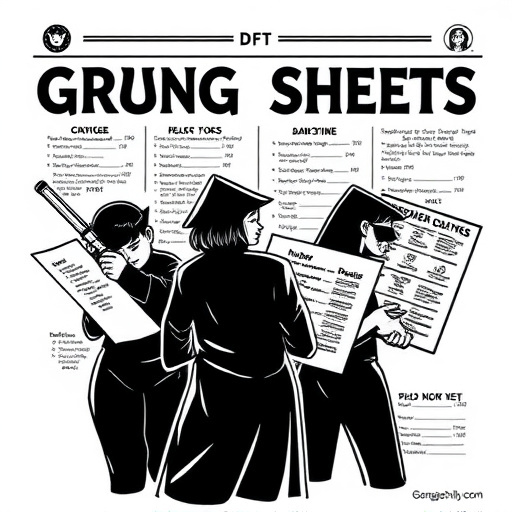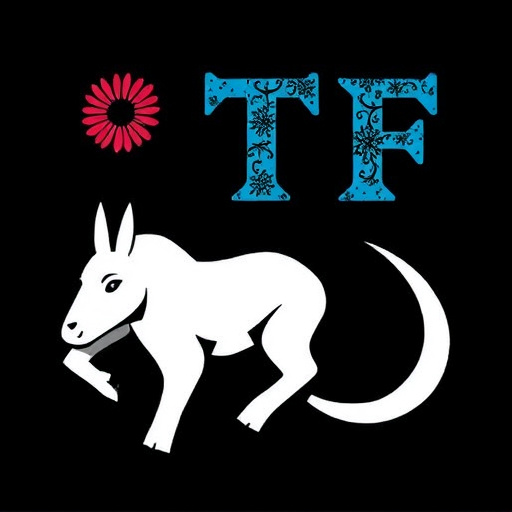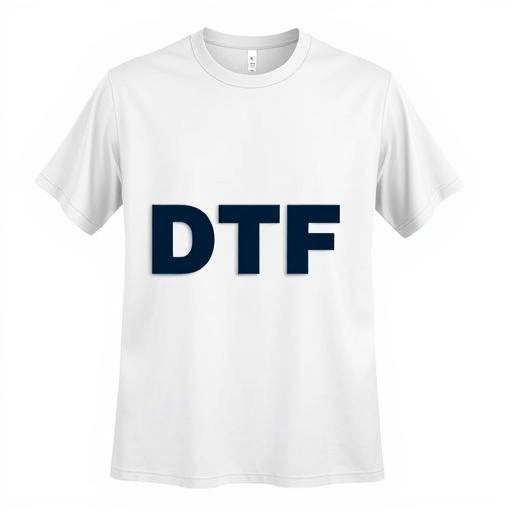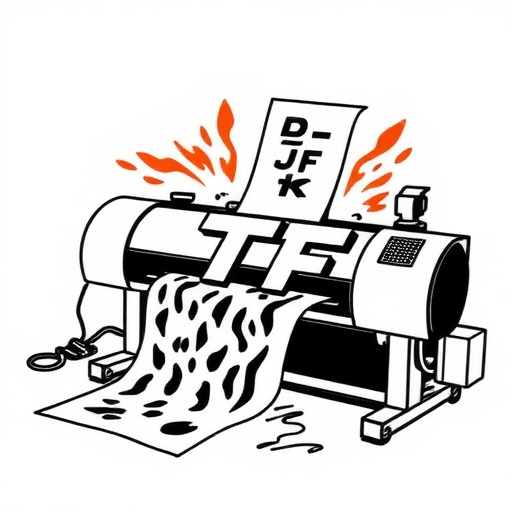Selecting the best fabrics for DTF (Direct-to-Fabric) printing is vital for achieving superior print quality. The ideal fabric should balance softness and breathability (like cotton) with stability and colorfastness (like polyester). Weight management prevents distortion, while slightly textured or porous finishes enhance ink penetration. Pre-washing further optimizes results by removing impurities. Understanding these fabric properties ensures high-quality DTF printed shirts or efficient gang sheet production.
“Unleash your creativity with the art of DTF (Direct to Fabric) printing! This comprehensive guide reveals best practices for prepping materials, ensuring optimal print quality on a variety of fabrics. From selecting the right materials and pre-treatment techniques to mastering printing techniques and post-processing, learn how to achieve vibrant, durable designs. Discover expert tips for navigating the world of DTF fabric printing, transforming your creations into lasting works of art.”
- Choosing the Right Materials for Optimal Print Quality
- – Factors to consider when selecting fabrics
- – Types of fabrics suitable for DTF printing and their advantages
Choosing the Right Materials for Optimal Print Quality
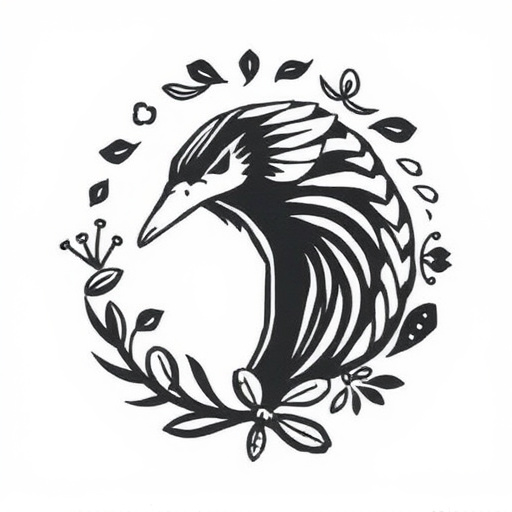
When prepping materials for DTF (Direct to Fabric) printing, selecting the right fabrics and preparing them according to specific guidelines is paramount for achieving optimal print quality. The choice of fabric plays a significant role in the final outcome, as different textiles have varying characteristics that can impact ink adhesion and overall durability. For instance, natural fibers like cotton or linen provide excellent absorbency, facilitating better ink penetration, while synthetic fabrics such as polyester offer superior dimensional stability, ensuring prints remain vibrant and crisp even after washing.
Understanding and adhering to DTF application instructions for fabric preparation is crucial. This includes pre-treating the fabric by cleaning it thoroughly to remove any contaminants or finishes that could interfere with ink adhesion. Additionally, proper surface conditioning techniques, such as lightly sanding or using appropriate primers, enhance the fabric’s receptiveness to designs. Ensuring fabrics meet the required DTF design requirements, like suitable texture and porosity, is essential for successful transfers (DTF design transfers). These considerations collectively contribute to creating high-quality, long-lasting prints in various textile applications.
– Factors to consider when selecting fabrics
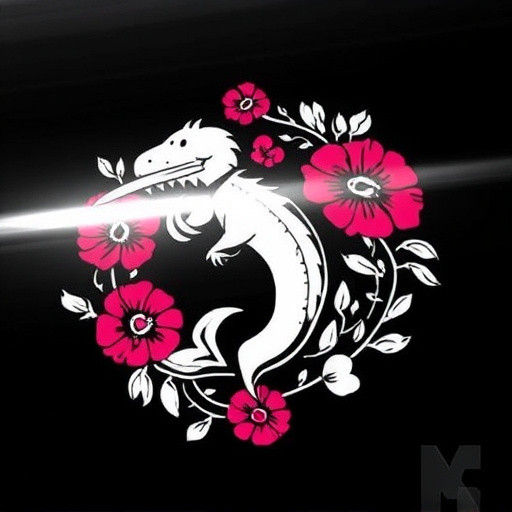
When selecting fabrics for DTF (Direct-to-Fabric) printing, several key factors come into play to ensure optimal results. The first consideration is the fabric type; different materials have distinct properties that influence print quality and longevity. Cotton, for instance, is a popular choice due to its softness and breathability, making it ideal for apparel like t-shirts and hoodies. On the other hand, polyester fabrics offer better dimensional stability and colorfastness, which are crucial for items intended for heavy use or outdoor activities. Additionally, the weight of the fabric matters; lighter fabrics may stretch or distort during printing, while heavier ones can handle more intricate designs without shifting.
Another critical aspect is the fabric’s absorbency. DTF ink adheres best to surfaces that can absorb it evenly, so consider fabrics with a slightly textured or porous finish. This ensures better ink penetration and a more consistent print. Moreover, pre-washing the fabric can help achieve a crisp, professional finish by removing any impurities that might interfere with printing. For those looking to create dtf printed shirts or utilize a dtf gang sheet builder, understanding these fabric properties is essential for achieving high-quality design transfers (DTF design transfers).
– Types of fabrics suitable for DTF printing and their advantages
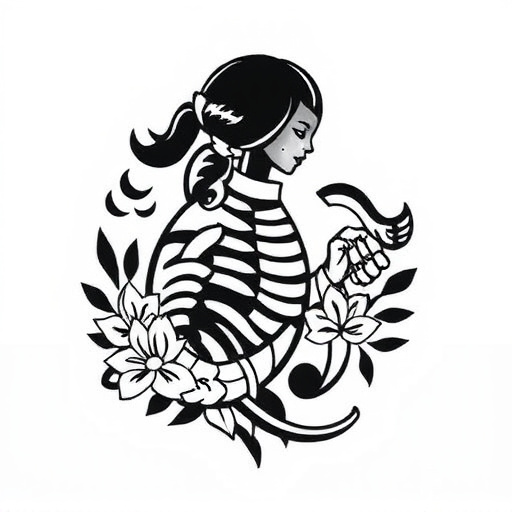
DTF (Direct to Fabric) printing is a versatile method that offers a range of options for printers and designers when it comes to fabric choices. Suitable fabrics for DTF printing include cotton, polyester, rayon, and blends, which are all commonly used in apparel manufacturing. These materials provide excellent results due to their even weave structure, allowing ink to adhere smoothly.
One of the key advantages of using these fabrics for DTF printing is their ability to withstand washing and maintain vibrant colors. Cotton, being a natural fiber, offers breathability and soft handling, making it ideal for clothing items. Polyester fabrics are known for their durability and quick-drying properties, while rayon adds a luxurious feel without compromising on print quality. Blends of these materials provide a balance between comfort, durability, and ease of printing, catering to various DTF garment printing needs.
When prepping materials for DTF fabric printing, selecting the right fabrics is key. Consider factors like texture, composition, and absorbency to ensure optimal print quality. Opting for suitable fabrics like polyester or cotton blends can greatly enhance the durability and vibrancy of your designs. By combining these best practices with precise preparation techniques, you’ll achieve exceptional results in your DTF fabric printing endeavors.


